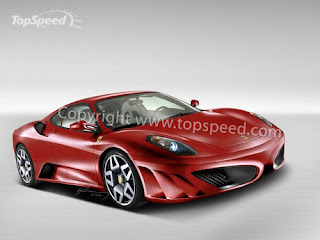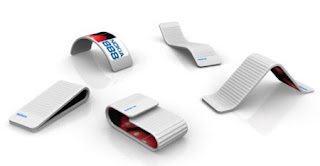
Ferrari has begun the development for the successor of their best seller compact mid-V8 supercar. Following a line of respectable ancestors, like the F355, 360 Modena or the currently in production F430, the new car is expected for not sooner than 2010. With a supposed displacement of 4.5 liters, the new Ferrari is expected to be named F450. Spy photographers have caught in tests several mules that point clearly that a replacement for the F430 is in development al Maranello. Driving on the Fiorano race-track and disguised as F430 Challenge Stradale, the test cars show a medium development stage for the smallest Ferrari. Early rumors pointed that the new car will be equipped with a V10 engine, in order to be successfully compete against the Lamborghini Gallardo. The changes made to Formula 1 regulations, that nowadays require the use of V8 engines, make this step irrational; therefore it is logical for Ferrari to stick with the traditional V8 configuration. The main competitor, the child of the other Italian supercar producing house, the Lamborghini Gallardo uses a 5.0 liter originated from Audi. One might expect that Ferrari will improve their new comer displacement up to the same value in order to provide the same level of performance. But, Ferrari is known to offer some of the best power per displacement ratios; therefore they are expected to produce 500 or more bhp, by only increasing the displacement to 4.5 liters. The rest of the power gain will be due to an increased maximum rev limit, of up to 10,000 rpm, improved air flowing and cooling. Design lines will not be a revolution, but will be changed in order to keep up with the technical advances. All of the air intakes will be enlarged to ensure an increment in the cooling required by the improved engine and brakes. At the rear there is a possibility to see middle mounted exhausts, inspired by the Challenge Stradale.


















